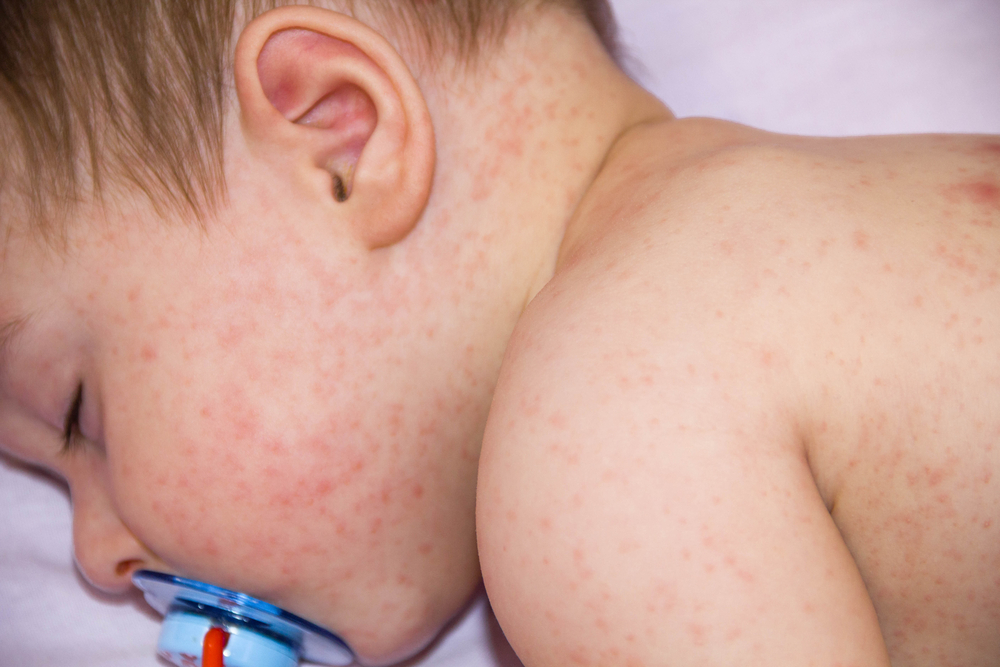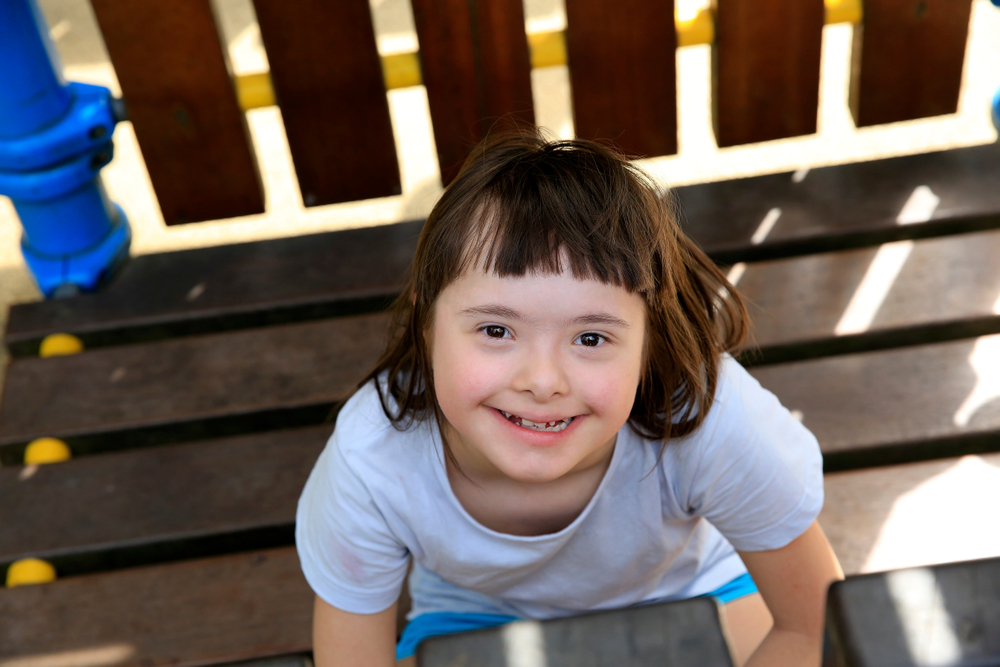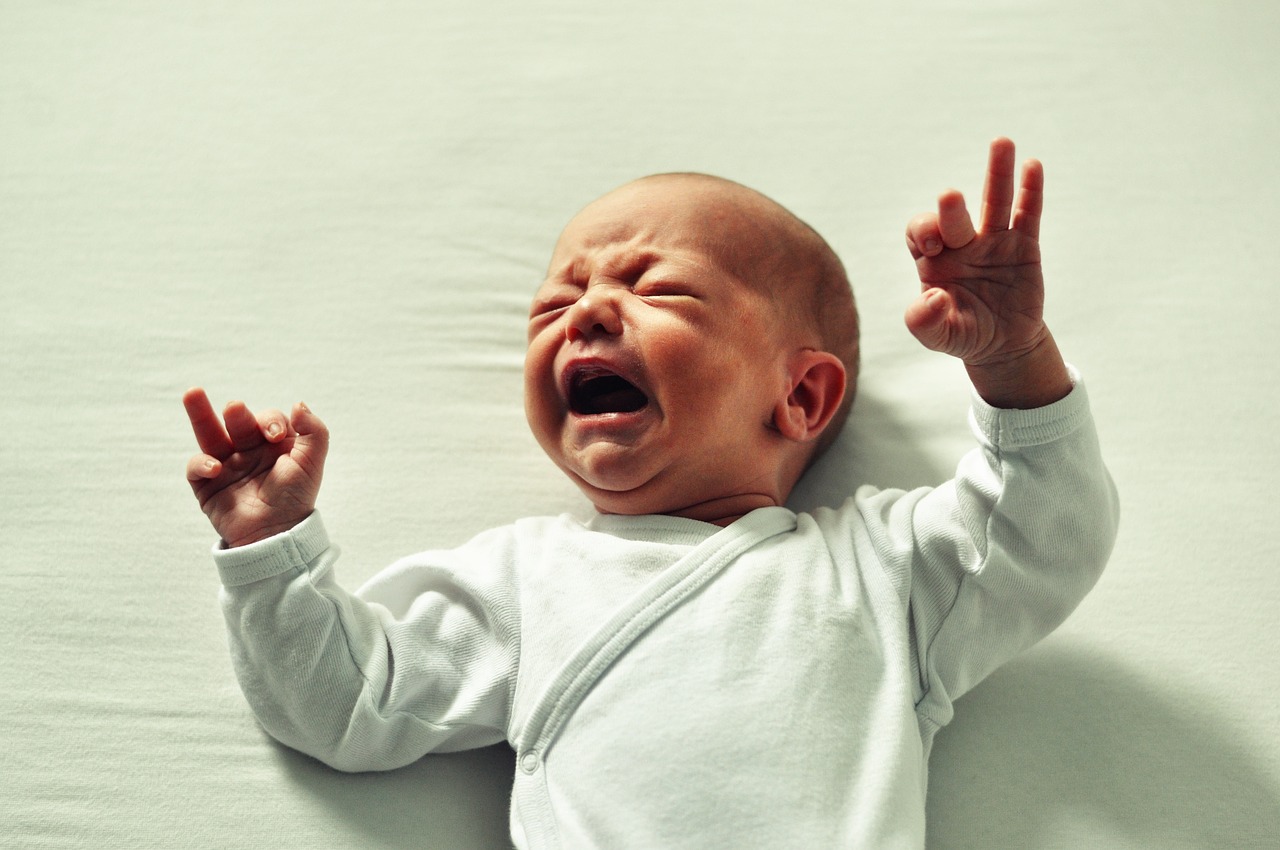Intervention and Treatment
References: Does Vaccine for kids increase risk of Autism?

Book Age: ..
Much of the increase in the rate of autism worldwide is believed to be related to better recognition and inclusion of mild cases of autism in the surveys. The definition of autism has expanded significantly in the past 40 years and so that has impacted the numbers people report.
- We have insight into this issue from studies done in Scandinavian countries like Denmark. What is amazing about Scandinavian countries is that they have population registries where every individual in the country is counted and any health problem is entered into a database.
In the Denmark for example, researchers followed approximately 700,000 children born between 1980-1991 (these are all the children born to legal residents of Denmark). The dates are important because in 1994 the new guidelines were produced that broadened the definition of autism and made it easier for someone to be diagnosed with autism and in 1995 the diagnosis of autism was made more in outpatient facilities. They found a dramatic rise in autism diagnosis after the changes made in 1994 and 1995. Other studies have shown that some of the rises in rates of autism are related to shifting diagnosis or diagnostic substitution (for example, children previously diagnosed with mental retardation are now diagnosed with autism). http://medicalxpress.com/news/2014-08-autism-steady-decades.html#inlRlv
http://medicalxpress.com/news/2014-11-prevalence-autism-linked-denmark.html
- Another indication of the reporting issues Is that in the US surveys, different states and locations report different rates of autism. This is also felt related to different ways of referral and diagnosis in different locations, for example. It is interesting that although the latest US data from 2010 on the prevalence of Autism showed a steady increase over several years to an incidence of 1/68, whereas data from a similar time period in the UK revealed the rate of autism has been steady in the UK since an initial rise in the early 1990s. Similarly, an epidemiological met analysis performed in Australia looking at worldwide prevalence of ASD found no difference between 1990 and 2010 (Baxter et al 2014, psychological medicine)
- Another study in the UK also showed that the rates of autism in adults in residential facilities are similar to those of younger people suggesting that the rates are not increasing. (Brugha et al)
However, because the studies are inconsistent, there is still uncertainty in the scientific community that all the increase in the rates of autism is related to just changing the way we detect and diagnose. There is still concern that factors in the environment can contribute to a child’s risk for autism. There is still a lot to learn about the environment, but we already know some of the factors that predispose to autism. Some of the other factors that may be associated with an increase in the rate of autism are factors we already know increase the risk for autism. For example, children born prematurely are at risk for many developmental disorders including autism. The older the age of parents, the higher the risk of autism. Children exposed to certain toxins and certain medications are also at risk for developmental problems that may include autism. Children whose mothers had some infections before birth (like rubella) may also have developmental problems which may include autism. You notice that I said ‘may’ many times because such conditions increase the risk for autism, but most children actually do not have severe developmental disorders or autism. So even if we know that in a group of children exposed to certain toxins there are more children with developmental delays, the majority of children are actually fine without developmental problems. So, these toxins increase the chance of having a disorder but are not deterministic. Unfortunately, at this time, we cannot tell for an individual child with autism what prenatal or environmental factors predisposed him/her to the disorder. I have attached a reference to those interested about possible environmental toxins that are associated with autism/developmental disorders (Philp Landrigan et al 2012) Of course, since there are still many unknown factors about the cause of autism and a worry about an environmental factor causing a rise in the rate of autism, many people have looked at obvious environmental factors including vaccinations as possible contributors. Let us now talk about Vaccines and Autism: Since the symptoms of autism usually are noticed in the second year of life, it was intuitive for many people to look at factors in the environment that could trigger autism. The most obvious thing to look at was vaccines, especially the MMR vaccine which is given at 12-18 months. So, the question that everyone was asking in the 1990’s was: Does giving my child the MMR vaccine predispose them to get autism. The association between MMR and autism could be a total coincidence. When two events occur at the same time, it is possible that one is related to the other or it could be a coincidence. For example, just because children get many colds in the 2nd year of life and also children start talking in the second year of life, does not mean that colds are necessary for the child to start talking. Several studies have been undertaken to look at the relationship between autism and the MMR vaccine. All the studies that looked at a large number of children who were vaccinated and children who were not vaccinated with MMR show there is actually no difference in the number of cases of autism in children vaccinated and those not vaccinated. The association is a coincidence because both events occur in the second year of life. In 2011 the Institute of Medicine in the US published a review of all the literature on the MMR vaccine and autism and found no evidence of an association. Similarly, studies looking at the preservative thimerosal which was present in some vaccines showed no association between vaccinations and autism. Unfortunately, the belief that vaccines cause autism persists strongly in many individuals despite the many studies showing no proof. One factor contributing this belief is the media noise generated by Dr. Andrew Wakefield in 1998 who claimed to discover an association between the MMR vaccine and autism. Dr. Wakefield was a physician in the UK. In 1998 he published results of a study of 12 children with autism. He conducted endoscopies to look at the digestive system and reported that he found inflammation or damage caused to the digestive system by the MMR vaccine. He and his colleagues held a news conference announcing their findings and subsequently it generated a large scare around the world about the use of MMR vaccination. The scare was subsequently proven to be premature. The doctor’s study was on a small number of patients and needed to be replicated to prove that it is correct. Subsequently, bigger problems with the study were discovered. It turned out that these patients were actually recruited by a lawyer who wanted to sue the vaccine manufacturers. This lawyer paid Dr. Wakefield for his services beyond the medical care. and that Dr. Wakefiled himself was starting a company that manufactured a different kind of MMR vaccine that he claimed would not cause intestinal inflammation. So clearly there was a big financial conflict of interest. Subsequently, many studies were done to look at rates of autism and its association with vaccines and all these studies showed no relationship. Finally, in 2010 the journal that published the initial paper, the lancet, retracted the study and Dr. Wakefield lost his license to practice medicine in the UK. The damage caused by the premature conclusions and the fraud of this paper was huge. In the UK and the rest of the world, parents started refusing to vaccinate their children against Measles Mumps and Rubella. Multiple epidemics began to appear with children severely sick or dying from these diseases that had been until then well controlled by the vaccine. Unfortunately, the fear generated by this study continues to be propagated especially on the internet. Many parents continue to be afraid of vaccinations resulting in refusal to give vaccines and exposing their children and the community to unnecessary risk of disease.














